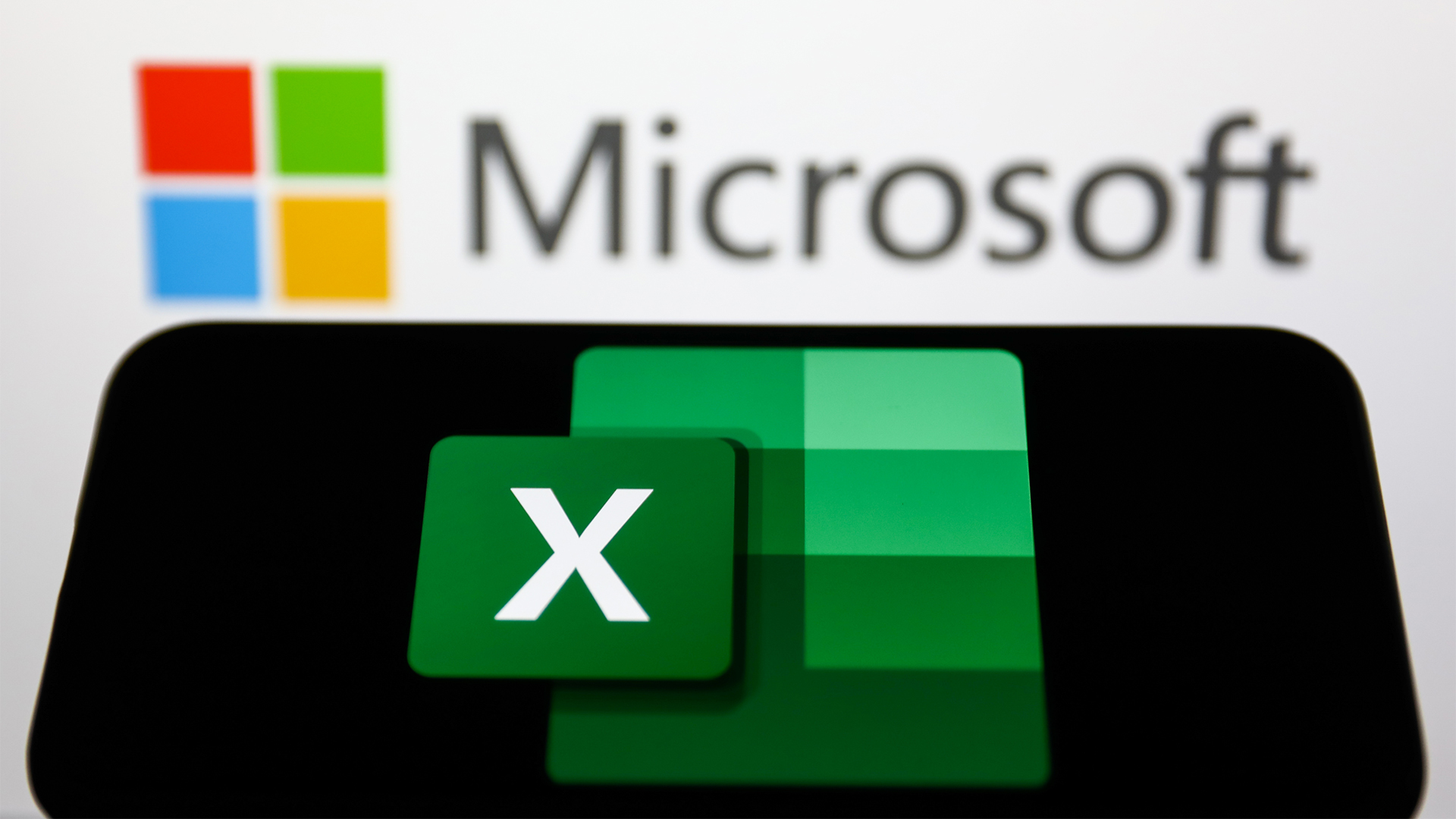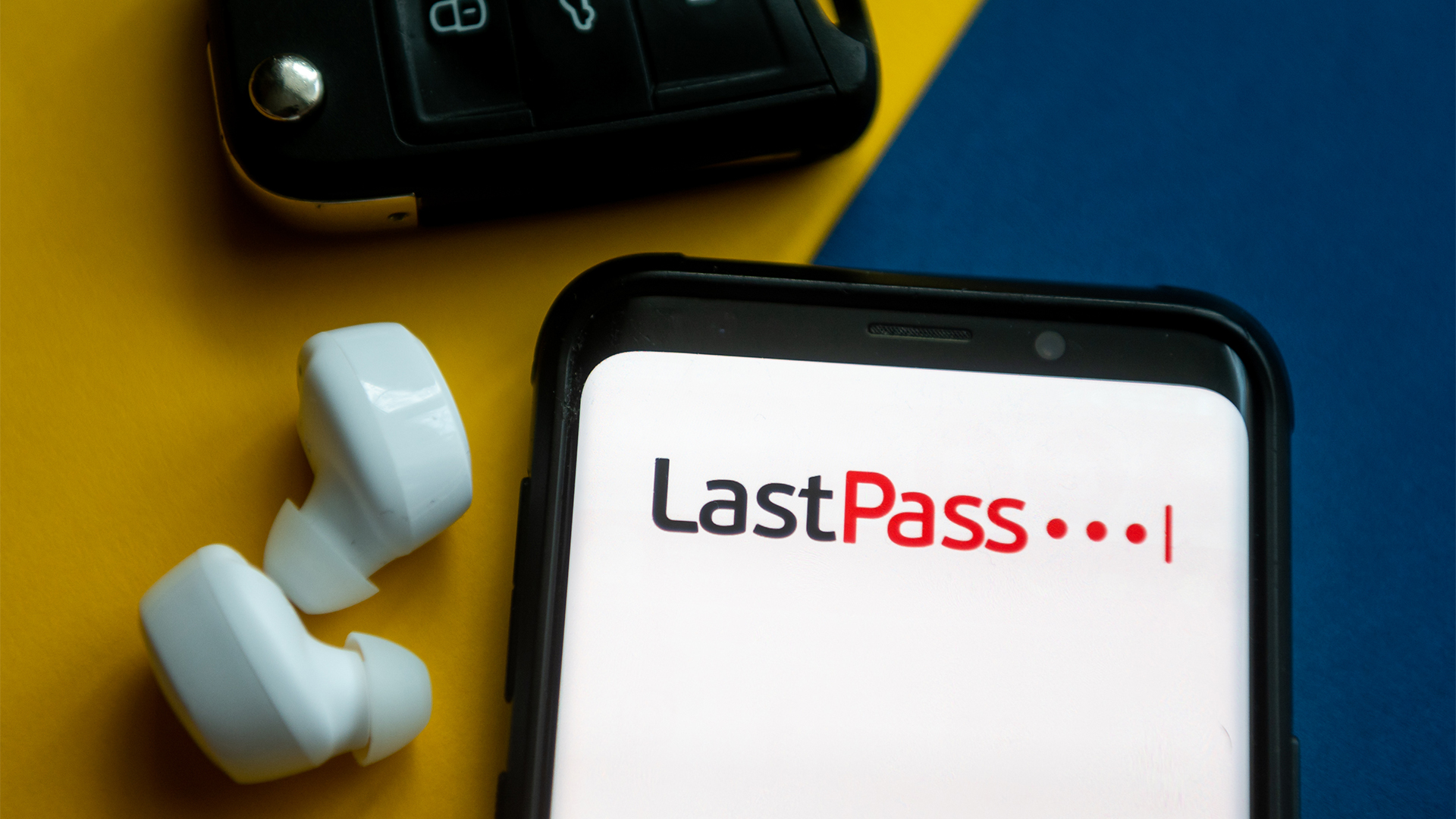Asus Eee Pad Transformer review
An Android 3.0 Honeycomb tablet with a detachable keyboard - a perfect match for business users or a chunky compromise that doesn't suit anyone? David Ludlow flexes his fingers and finds out in our review.
In terms of Android tablets, this is the best that you can currently buy and the keyboard dock gives it the edge if you want a device that you can really work on. That said, the iPad 2 is still that bit slicker and smoother to use. It also has a much wider selection of apps and also has a dock option, making it the better tablet.The iPad 2 also has better battery life – the Transformer can only match it when connected with the keyboard dock which also doubles its weight and adds bulk too. Nevertheless, if your tablet computing needs aren't met by the iPad and its more tightly controlled operating system, the Asus Eee Pad Transformer is the tablet to buy.
iOS on the iPad 2 still feels like a more mature and complete operating system.
That's not to say that there's not a lot to like about Android 3.0. For tablet use it is miles ahead of the smartphone edition, making better use of the high resolution screen. We love the fact that you can put widgets on any of the five customisable home screens, giving you quick access to information from apps, such as your latest email and upcoming appointments.
With Android 3.0 Widgets are placed using a grid system that keeps the rough location of objects you place in both landscape and portrait mode. So, if you place your email Widget at the top right of the screen, it remains there in both orientations.
It's good to see that the Email and Gmail apps have both been overhauled. In landscape mode you get a list of emails and a preview window, making it quick work to go through all of your email. In portrait mode the list of emails disappears out of view when you're reading email, but it's easy enough to bring it back to select another message to look at.
As with Android 2.3, the Email app supports Exchange servers, complete with access to the Global Address List (GAL), appointments in your calendar and contact synchronisation. If your company uses Google Apps instead, the Gmail app is the one you'll use for messages, although contacts and calendar appointments are also synchronised.
Sign up today and you will receive a free copy of our Future Focus 2025 report - the leading guidance on AI, cybersecurity and other IT challenges as per 700+ senior executives
-
 Trump's AI executive order could leave US in a 'regulatory vacuum'
Trump's AI executive order could leave US in a 'regulatory vacuum'News Citing a "patchwork of 50 different regulatory regimes" and "ideological bias", President Trump wants rules to be set at a federal level
By Emma Woollacott Published
-
 Microsoft Excel is still alive and kicking at 40 – and it's surging in popularity as 82% of finance professionals report ‘emotional attachment’ to the spreadsheet software
Microsoft Excel is still alive and kicking at 40 – and it's surging in popularity as 82% of finance professionals report ‘emotional attachment’ to the spreadsheet softwareNews A recent survey found Gen Z and Millennial finance professionals have a strong “emotional attachment” to Microsoft Excel
By Emma Woollacott Published
-
 LastPass hit with ICO fine after 2022 data breach exposed 1.6 million users – here’s how the incident unfolded
LastPass hit with ICO fine after 2022 data breach exposed 1.6 million users – here’s how the incident unfoldedNews The impact of the LastPass breach was felt by customers as late as December 2024
By Emma Woollacott Published